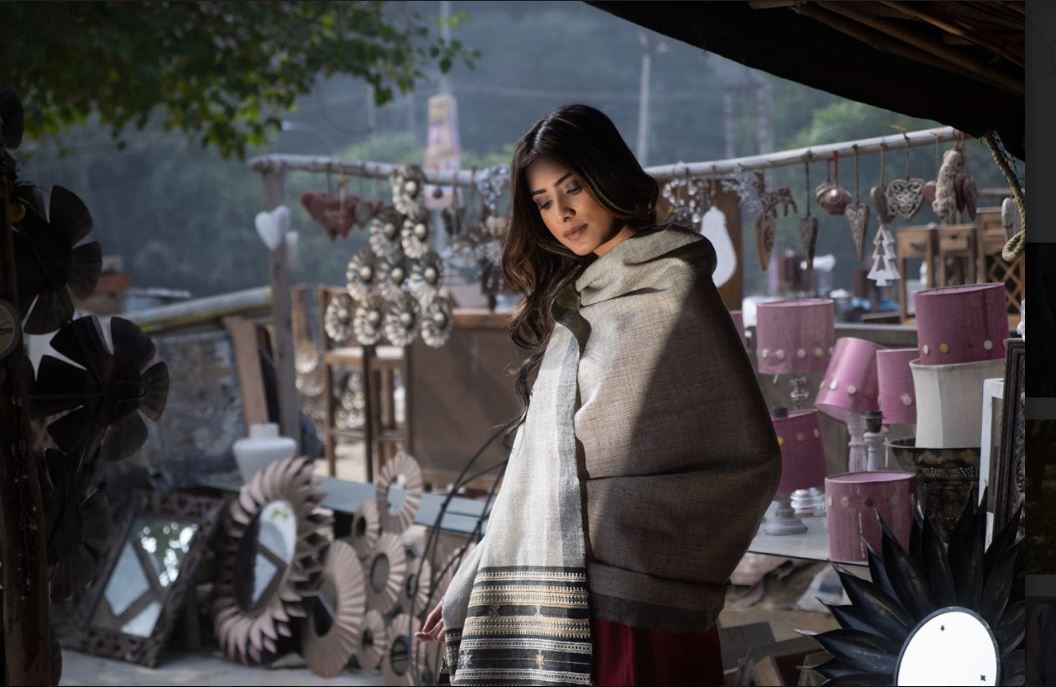Fashion has always been associated with a surprise element; be it good, bad, or ugly the runway never stopped. For the first time, due to the aftermath of the Covid19 pandemic, fashion businesses across the globe were hit by an unexpected halt that no one saw coming. From disrupted season cycles to rock bottom sales, every big and small brand struggled to survive; and those that couldn’t cope were forced to shut shop. It was the year of no trends and survival was the biggest challenge for all names big and small. With all the commotion and disruption still churning the industry, here are some unexpected takeaways that are worth recalling for a rollercoaster year 2020.
Conscience calling: Though it’s the toughest year we are in it to win it, and it’s a story we will live to tell, believes designer Ranna Gill. She says, “The digital space is the biggest winner of 2020, and in coming years new ideas will add a spark to fashion. Newer designers will eventually emerge in the industry and it will add a new spin. People who were in a rat race, out and about were forced to simmer down. People are aware as they have time to think, and they are rejecting fast fashion and asking for things like sustainable fabrics and non-chemical dyes.”
Designer Jenjum Gadi agrees with the rise in fashion consciousness and points out that due to the pandemic people were forced to forget the West and look at what was available around them. He says, “We started appreciating our local produce, and if a situation like this can happens again we will be forced to depend on what we have around. People got more educated about how we harmed the earth, and to avoid it now people are making efforts to buy less and meaningful stuff.”

Level playfield: When the pandemic hit the economy, people became conscious shoppers and turned to indie brands, while a lot of big names were shutting down the newer players came to play. This in itself was a game-changer as people supported local karigars and reasonable brands over foreign goods. According to Vishakha Sethi of the label Shrutkirti, minimalism is the key to sophistication and it was an idea that struck a chord with everyone. She says, “Growing up, I have seen the shift from traditional techniques to mass production techniques to be price conscious and these techniques are now viewed as a luxury, high-end, and costly. The karigars earn the bare minimum for these techniques, for their strengths, and usually – it’s the brand that ends up keeping huge margins in between. We launched our label in the pandemic, and not only did we gain customers, but at the same time we have also provided employment for karigars and weavers, a lot who lost their jobs during this time.”
Local love: To push the Atmanirbhar Bharat and revive the long-lost crafts of India, many curators and designers started work with artisans directly to procure handmade pieces in Ajrakh, Shibori, Aari, Tarakashi, bone inlay work, jaali work on wood and Kinnauri weaves. Akansha Dixit, CEO of Craft Maestros, used her platform to populaise rare craft traditions for a sustainable ecosystem between artisans and consumers. She shares, “Handicrafts entail a labour intensive process with the result being a unique piece of artistic value, so it’s not just any other product. A way to highlight this is to make sure the consumer interacts, even if for a moment, with not just what has been bought, but also with the human angle involved in it – and the authenticity certificate is one way to ensure this. As for our community of master artisans, we give their craft due recognition with their credit and fair payment to make Indian handicrafts more integrated with the mainstream.”
Slow fashion: The sudden lockdown put a full stop to the frenzy of new launches, investments, promotions, and productions. Jyoti Singh of the label Rang Riwaaz, talks about the introspection and rethinking of production strategies and remarks, “While we became cautious as a fashion house, our clients also became mindful when the outfits for weddings squeezed to 2-3 per wedding guests as compared to the usual 7-8 outfits. The demand for timeless pieces, especially for Parsi Gara embroideries and Zardosi work went up. As masks became the fashion accessory of the year, handcrafted masks were the most loved pieces as they guaranteed zero toxic products and practices.”

Digital revolution: What was ideally expected to happen in the e-commerce fashion business ten years from now happened all of a sudden in a year that was full of uncertainties. The rise of everything digital – fashion shows, marketing, showcase, sales, and expansion of startups – was a solid reason that restored the fashion industry’s broken back in a short time. Vedang Patel, co-founder of the online brand The Souled Store, mentions, “When the lockdown was first announced, there was absolute uncertainty on when things will restart. Being a start-up, the number one rule is to be agile and to always innovate. A major shift of the offline demand went online and the term revenge shopping went viral. We soon learned that we could calibrate our machines to start making masks, which not only helped put people to work but started cash flow. We focused on making shorts and casual tees as everyone needed clothes to wear at home. Since unlocking in June we could supply again, and by August our business had quickly recovered to its Pre-Covid state.”

